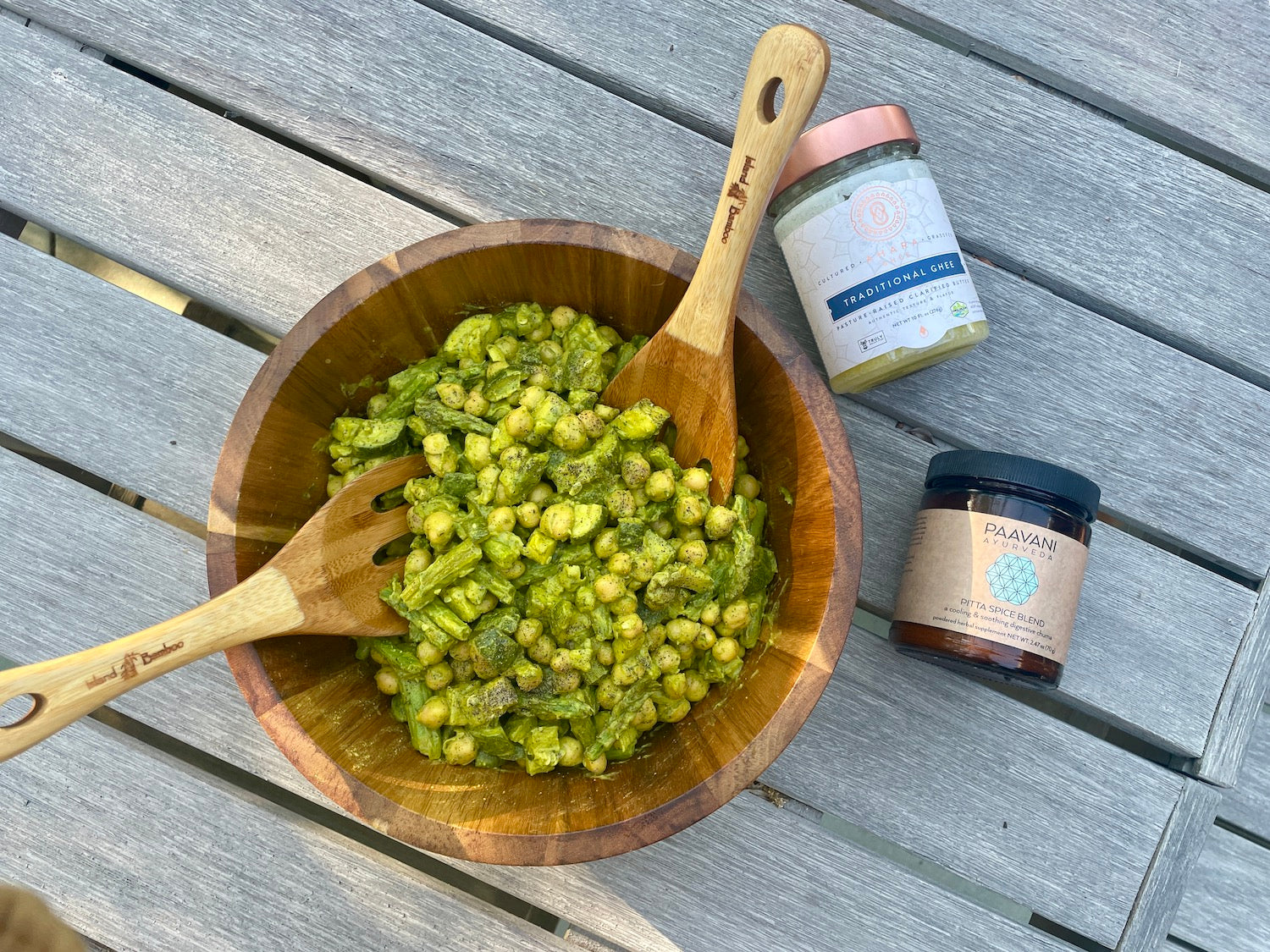
Ayurveda & The Five Senses: Chromotherapy (Color Therapy)
We experience the world through our five senses. We smell, see, hear, touch and taste our environment daily. Therefore, it is no wonder why Ayurveda believes that what we take in through our senses affects our overall health and balance. This means that the smells we breathe, the sights we see, the sounds we hear, the types of touch we experience and what we taste all impact our well-being in either a positive or counterproductive manner. Hence, Ayurvedic medicine emphasizes the importance of having optimally functioning sensory organs so that we may properly discover the world.
When an individual seeks Ayurvedic healing and consults with an Ayurvedic practitioner, specialist and/or doctor, a 5 Sense Therapy Treatment Plan is implemented to guide the person back to health and wellness. Today, we will focus on our sense of sight and share the Ayurvedic protocol Chromotherapy with you. Also known as color therapy, Chromotherapy teaches that each color has a different vibrational energy and that their subtle energetics impact our physical, mental/emotional and spiritual bodies. For instance, some colors are warming and grounding, others light and purifying and some fall somewhere in between this spectrum. This understanding is comparable to Ayurvedic herbalism as each herb and plant contains its own unique energetic action, with some herbs providing strength and replenishment, like ashwagandha and shatavari, while others encourage detoxification like shilajit and burdock root.
Considering this, it is easy to understand that colors that are balancing to one person may not be balancing to another. We all have a blend of the doshas within us that make us uniquely who we are. For example, some of us may be predominant in pitta dosha while others are predominant in vata dosha or kapha dosha. This doshic blend as well as the current state of the doshas determines which colors are supportive to a person and which colors can create disharmony.
Below we share some insights into how different colors interact with the doshas:
VATA
Since vata is comprised of the ether and air elements, vata is considered light, dry, cool, rough, sharp and mobile. If a person is experiencing an excess amount of vata dosha, Ayurveda explains that the opposing qualities of heavy, moist, warm, smooth, dull and static should be emphasized in one’s lifestyle in order to return back to balance. When this philosophy is applied to colors, it means that light, cooling, and bright colors increase vata dosha while heavy, earthy, warming colors will decrease vata and ultimately help return vata to a harmonious state of balance.
Vata Balancing Colors:
- shades of orange and yellow to bring warmth and joy
- earth tones like burgundy, sienna, sand and clay to center
- grounding greens to connect with the earth
- ojas (immune) building gold
Colors to Avoid:
- cooling shades like silver, white and blue as they are too cooling for vata
- bright, neon colors like highlighter yellow, fluorescent pink and day-glo orange as they are too activating for vata
PITTA
Containing predominantly fire with secondary water, pitta dosha is described as hot, sharp, rough and clear. If a person is experiencing an excess amount of pitta dosha, Ayurveda explains that the opposing qualities of cool, dull, smooth, and cloudy should be emphasized in one’s lifestyle in order to return back to balance. When this philosophy is applied to colors, it means that warming, activating colors increase pitta dosha while cooling, light and soothing colors will decrease pitta and ultimately help return pitta to a harmonious state of balance.
Pitta Balancing Colors:
- cooling colors like blue, turquoise and purple to soothe
- light colors like silver and white to soften
- ojas (immune) building gold
Colors to Avoid:
- red, orange and yellow due to their warming effects
- neon colors as they are too activating for pitta
KAPHA
Comprised of an equal balance of earth and water, kapha dosha contains qualities that are cool, soft, smooth, dull, static and cloudy. If a person is experiencing an excess amount of kapha dosha, Ayurveda explains that the opposing qualities of warm, hard, rough, mobile and clear should be emphasized in one’s lifestyle to return back to balance. When this philosophy is applied to colors, it means that cooling, calming colors increase kapha dosha while warming, vibrant, activating colors will decrease kapha and ultimately help return kapha to a harmonious state of balance.
Kapha Balancing Colors:
- vibrant orange, red and yellow to uplift
- neon pink, green, purple, yellow and orange to activate
- white and silver to lighten
Colors to Avoid:
- cooling blue and turquoise
- warming and grounding colors like burgundy, brown, tan and olive green
CHROMOTHERAPY IN YOUR LIFE
There are various ways to bring color therapy into your life. Be it through the colors you paint your walls with, the colors you decorate your home with, the colors you dress in, to even the sunglass lenses you choose to see the world through. All of the color information you take in through your vision will ultimately affect the harmony of your doshas. If you are feeling particularly imbalanced in a specific dosha, you may choose to utilize particular colors in your life to create certain energy. Chromotherapy may even be incorporated into your meditation by choosing a specific color to set your gaze on as you focus and breathe in meditation. We hope you integrate the simple yet effective practice of chromotherapy into your daily life to cultivate greater balance in your experience of the world.
Eye Care Products
Hero image photo by Pixabay: https://www.pexels.com/photo/assorted-color-pencil-set-459799/





Leave a comment
This site is protected by hCaptcha and the hCaptcha Privacy Policy and Terms of Service apply.